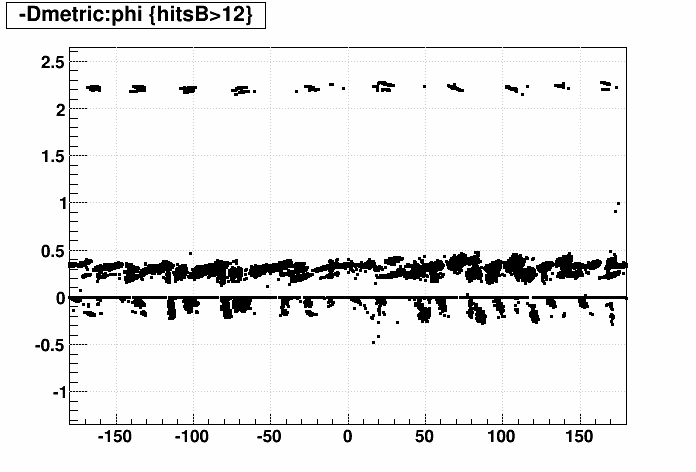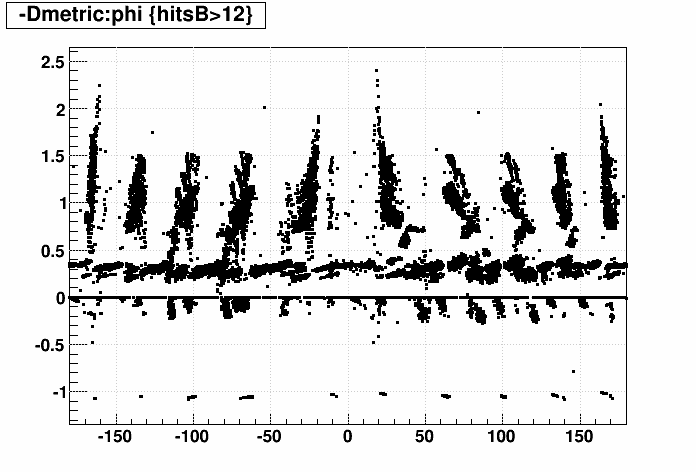- genevb's home page
- Posts
- 2024
- 2023
- 2022
- September (1)
- 2021
- 2020
- 2019
- December (1)
- October (4)
- September (2)
- August (6)
- July (1)
- June (2)
- May (4)
- April (2)
- March (3)
- February (3)
- 2018
- 2017
- December (1)
- October (3)
- September (1)
- August (1)
- July (2)
- June (2)
- April (2)
- March (2)
- February (1)
- 2016
- November (2)
- September (1)
- August (2)
- July (1)
- June (2)
- May (2)
- April (1)
- March (5)
- February (2)
- January (1)
- 2015
- December (1)
- October (1)
- September (2)
- June (1)
- May (2)
- April (2)
- March (3)
- February (1)
- January (3)
- 2014
- December (2)
- October (2)
- September (2)
- August (3)
- July (2)
- June (2)
- May (2)
- April (9)
- March (2)
- February (2)
- January (1)
- 2013
- December (5)
- October (3)
- September (3)
- August (1)
- July (1)
- May (4)
- April (4)
- March (7)
- February (1)
- January (2)
- 2012
- December (2)
- November (6)
- October (2)
- September (3)
- August (7)
- July (2)
- June (1)
- May (3)
- April (1)
- March (2)
- February (1)
- 2011
- November (1)
- October (1)
- September (4)
- August (2)
- July (4)
- June (3)
- May (4)
- April (9)
- March (5)
- February (6)
- January (3)
- 2010
- December (3)
- November (6)
- October (3)
- September (1)
- August (5)
- July (1)
- June (4)
- May (1)
- April (2)
- March (2)
- February (4)
- January (2)
- 2009
- November (1)
- October (2)
- September (6)
- August (4)
- July (4)
- June (3)
- May (5)
- April (5)
- March (3)
- February (1)
- 2008
- 2005
- October (1)
- My blog
- Post new blog entry
- All blogs
Sti automatic inactive volume segmentations
As discussed in You do not have access to view this node, segmentation of some "radial-like" volumes will improe the validity of the effects of traversing materials on invididual tracks. To that end, Victor has implemented an automatic segmentation routine in Sti for volumes which are represented by planes with ~radial "thickness" greater than their orthogonal width (in z and/or ~azimuth). I report here on the results of the tests after some iterations to get it working as intended.
Observations:
Other than the decision about handling of old SVT material, I believe this code is ready to be used.
-Gene
Observations:
- As intended, for materials which are segmented into N sub-volumes, the amount of material seen by tracks traversing that volume with sufficiently non-zero crossing angle drops by roughly ~1/N, while roughly ~N times more tracks see the material. This is demonstrated by the following two plots showing Dmetric vs. φ for a simulation of 1 GeV/c pions [originating from an offset vertex of (1.5 cm,0,0)] for the effects of including the PXLA support structures for the PXL detector. In particular, the PXLA stucture includes radially oriented PXRB and PXLB ribs every ~36° in azimuth. The first plot is not using auto-segmentation, and the second is with the auto-segmentation, in which PX[LR]B are auto-segmented with N=20. It is clear that more tracks see the material, but less of it.


(For this test, I turned up "eloss" in Sti by a factor of x10 to make the small effects of this particular test more prominent, since these materials are quite thin. I suspect the negative Dmetric values are due to a very small fraction of tracks bent by introduced PXLA material such that they miss other material that was previously bending them more, but I have not confirmed this - it would be an effect exagerated by the artificial energy loss.)
- Some TGeo volumes are not rectangular, e.g. trapezoidal. The conversion of these volumes into Sti volumes converts these into rectangular "planar" shapes. These may then be automatically segmented. As a rectangle, the segmentation makes the Sti treatment of the material more appropriate for a rectangle. This does not necessarily mean the Sti treatment is more appropriate for the original trapezoid. It is unclear that this is worth "fixing" in some way, and would need to occur at an earlier stage of the code than the generic auto-segmentation is currently implemented (in StiDetector.cxx).
- I used a couple nightly test jobs to examine the impacts on older datasets. I found:
- Using Run 12 UU193 : no volumes are auto-segmented, so no effects.
- Using Run 7 AuAu200 : some SVT volumes are auto-segmented (no SSD volumes are), leading to some observable effects:
- Numbers of tracks change by order 0.1%
- Primary vertices move by order ~300 microns
- Numbers of V0s/Xis change by order 3%
- However, no impact was seen on time spent in tracking
Other than the decision about handling of old SVT material, I believe this code is ready to be used.
-Gene
Groups:
- genevb's blog
- Login or register to post comments
